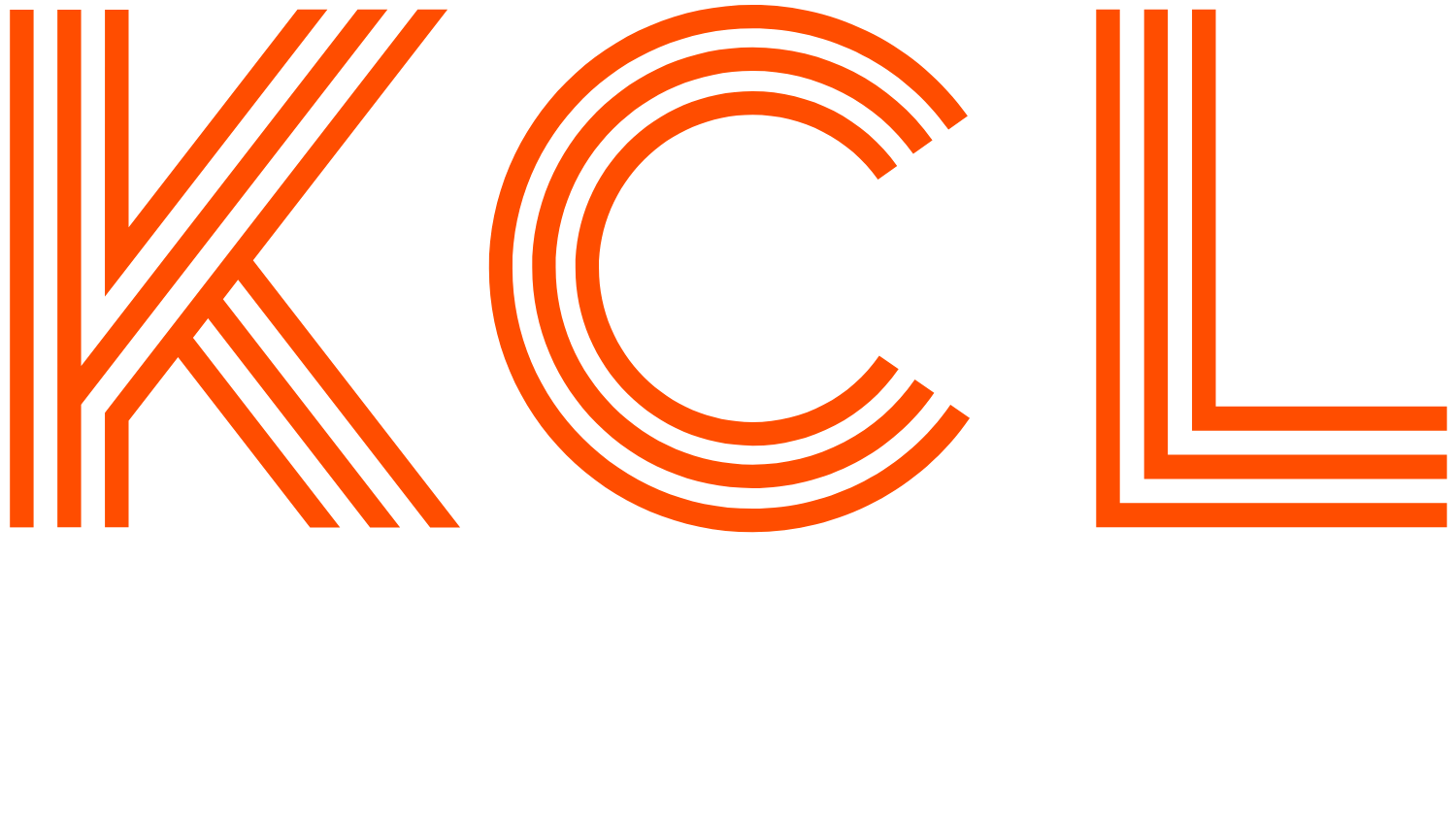Businesses wishing to protect the appearance of their products through design registration have typically faced a dilemma:
‘Should we incur the costs of protecting this design if we don’t know whether it’s going to be commercially successful? If we have a range of new designs, and we don’t know which are likely to gain traction, do we need to protect them all? And if not, how do we choose? Have we missed the boat if we’ve already sold the product?’
The requirement in the Designs Act 2003 (Cth) to refrain from disclosing or commercialising a design prior to seeking registration has, until now, meant that many businesses wanting to protect their designs have found themselves wanting protection but unable to secure it until it is too late.
Fortunately, there have been significant recent changes to the Designs Act, providing more flexibility to businesses who create designs and enabling them to enjoy a grace period of 12 months before deciding to file an application, without jeopardising their possible protection.
What is a registered design?
A registered design provides intellectual property protection for the way a product looks, rather than protecting its function. Protectable visual features include the shape, configuration, pattern or ornamentation of a product.
Examples of designs that can be registered include the shape, configuration or pattern and ornamentation of consumer products like kettles, drink bottles, mobile phones, cars, dresses and other garments and other elements of product packaging, as well as products that are more of an industrial or technical nature, such as machine parts or items used in construction.
Registered designs can provide an effective means of protection where no other protection is available, for example, due to limitations in the copyright scheme or the laws of passing off.
Benefits of a registered design
The owner of a design has the exclusive right, while it remains registered (up to 10 years) to commercialise products that embody the design.
The owner can take action to prevent a third party from making, selling, importing and commercialising a product that embodies the registered design, or one that is substantially similar in overall impression to the registered design. Unlike an action for copyright infringement, a design owner wanting to enforce their rights does not need to establish that the alleged infringer has actually ‘copied’ the design. If it looks too similar to the registered design, irrespective of how it was created, it may infringe.
Having a registered design also enables the holder to license others to use the design and can thus be a highly valuable asset.
Designs are relatively cheap to register, and far less costly and complicated to obtain than patents.
A requirement for registration
To be validly registered and enforceable, a design must be ‘new and distinctive’. This means the design being applied for must be sufficiently different from designs that have at the time of application already been publicly used or on the market in Australia, or that have been published in a document, or the subject of an earlier design application, whether in or outside Australia.
The sorts of disclosure that can invalidate a design application include:
- selling a product that bears the design;
- posting images of the product (or a design for a product) on social media or websites;
- showing a product at a trade show; or
- corresponding with a prospective supplier or customer for a product, in which the design is revealed.
Introduction of the 12-month grace period
The changes to the Designs Act introduce a 12-month grace period. This means that Australian design applicants can begin commercialising or disclosing their design, and, provided they file their design application within 12 months of first use or disclosure, they will not be disqualified from protection.
Waiting beyond the 12-month period from any disclosure, however, will mean the design application is in jeopardy.
The introduction of a grace period should be especially useful for players in the fashion industry and other FMCG producers, where a product’s consumer appeal and longevity, can be hard to predict.
There are limitations to the amount of grace that the 12-month period provides. It will only have effect in Australia. Accordingly, Australian businesses wanting to protect their designs in multiple territories where there is no such grace period, will need to be careful that their Australian use or disclosure does not prejudice their prospects overseas.
The grace period provisions of the Designs Act come into effect in March 2022.
More information
If you are considering registering your design or would like further advice on how the amendments affect you, please contact:
| Daniel Kovacs, Principal LawyerD +61 3 8600 8859 E dkovcs@kcllaw.com.au | Jeremy Goldman, Principal LawyerD +61 8600 8886 E jgoldman@kcllaw.com.au |
Authors
This Intellectual Property and IT update was authored by Daniel Kovacs, Principal Lawyer.
Note: This update is a guide only and is not intended to constitute legal advice.
